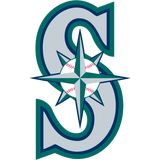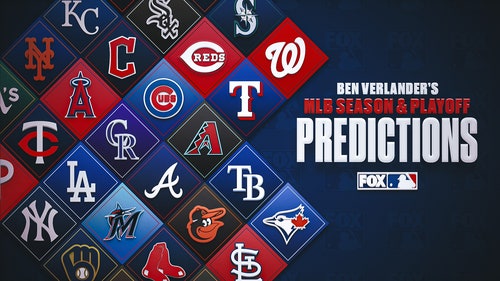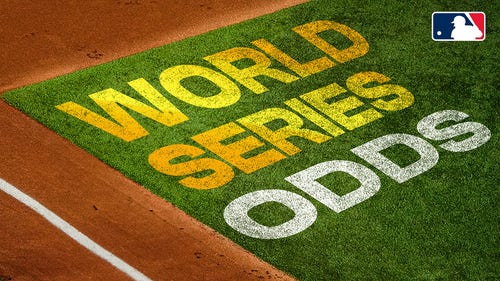





































































































































Tigers, Mariners starters will try to keep hits in ballpark (Jun 20, 2017)
SEATTLE -- Justin Verlander was holding court.
Whether the topic was juiced baseballs, stealing signs or pace of play, the longtime Detroit Tigers ace addressed it before Monday's series opener.
Keeping the ball in the ballpark Tuesday night at Safeco Field in the second game of the four-game series will be the responsibility of Tigers right-hander Jordan Zimmermann (5-5, 5.35 ERA) and Mariners left-hander Ariel Miranda (6-3, 4.17).
Miranda has pitched just one inning against the Tigers in his career, and that was last season, when he allowed two hits and a run in that frame.
Zimmermann has faced the Mariners twice in his career and is 2-0 with a 5.25 ERA. He beat Seattle 19-9 on April 25 at Comerica Park despite allowing five runs and 11 hits in six innings.
Meanwhile, Verlander had just finished reading a story published last week by The Ringer that claimed the balls were behind baseball's recent power surge.
There were 153 home runs hit in 46 major league games from Friday through Sunday, shattering the mark of 141 for a three-day span set last year (before that, the most was 135 in 2000).
"The old eye test is the best thing to go by. I see balls leaving the yard that otherwise shouldn't have," Verlander said. "I just wish if (juiced baseballs) were true, Major League Baseball would just come out and say, 'We want more offense and the balls are juiced a bit.'
"It used to be if you took a minor-league ball and a big-league ball, you could feel the seams were tighter. If you look at (the balls) now, there are almost no seams."
Told of Verlander's theory, Tigers manager Brad Ausmus smiled.
"I don't know if the baseballs are juiced or not, but the balls are flying," he said.
On the topic of stealing signs, Verlander and Ausmus said it used to be an art form. Now it's no longer being done from the dugout or on the basepaths.
"They're stealing (signs) in the video room," said Ausmus, who admitted he didn't have proof. "In certain cities, we change (signs) every inning, sometimes within the inning. I think (stealing signs via video) is becoming accepted as just part of the game."
Added Verlander: "It's not about gamesmanship anymore. If guys on second (base) are able to decipher the signs and do something, that's part of the game. It's on a different level now and that's no good.
"With video, you can break it all down. We don't have somebody, but I'm sure there are teams that have somebody that can break down signs, codes before you even take the mound.
"Before HDTV, you couldn't even see the (catcher's) signs. Now you see exactly what they put down."
That, in turn, slows the game, Verlander said.
Especially, he said, with runners on base.
"A 1-2-3 inning still goes pretty quick, but when guys get on base you have to step off, throw over, and the manager is giving signs," he said. "Signs have to be more advanced than ever before. I have fallback signs for fallback signs. It makes it easy to get off rhythm with the catcher. Then they have to come out and talk to get back on the same page."
Verlander suggested allowing managers and catchers to communicate via an earphone, such as NFL quarterbacks use, would help speed things up.
"Of course, somebody will find a way to intercept it," Ausmus said.






